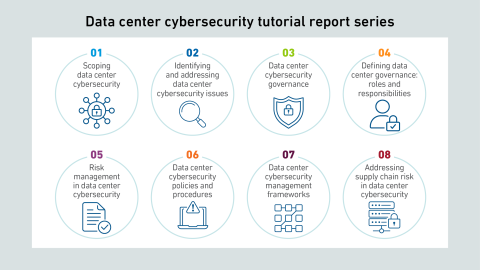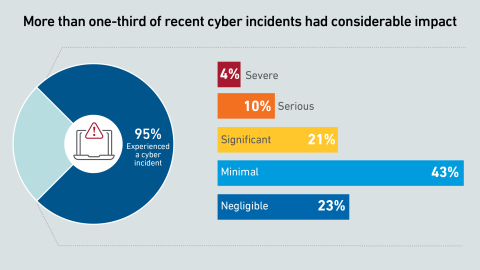Customers are responsible for architecting resiliency into their cloud apps. However, the cloud's consumption model means resiliency comes at a price. Enterprises must evaluate availability against cost before building on the cloud.
filters
Explore All Topics
Results from Uptime Institute's 2025 Data Center Resiliency Survey (n=970) focus on data center resiliency issues and the impact of outages on the data center sector globally.The attached data files below provide full results of the survey,…
Major and damaging publicly reported outages are increasingly likely to be due to a deliberate attack — whether cyber or physical, according to Uptime Intelligence public outage data for 2024.
Chinese large language model DeepSeek has shown that state of the art generative AI capability may be possible at a fraction of the cost previously thought.
The high capital and operating costs of infrastructure for AI mean an outage can have a significant financial impact due to lost training hours
The US’ SEC has withdrawn requirements for climate risk reporting, and the EU is revising its rules. Despite this, strong drivers remain for operators to measure their environmental impact
On average, cloud apps achieve availabilities of 99.97% regardless of their architecture. However, for the unlucky few that experience issues, a dual-region design has five times less downtime than one based on a single data center.
Results from Uptime Institute's 2025 AI Infrastructure Survey (n=1,062) focus on the data center infrastructure currently used or being planned to use to host AI Training and AI Inference, as well as future industry outlooks on the usage of AI. The…
When building cloud applications, organizations cannot rely solely on cloud provider infrastructure for resiliency. Instead, they must architect their applications to survive occasional service and data center outages.
Data centers are being included in national development plans as a source of economic growth. While this will ease operators’ access to land and power, it will also lead to more scrutiny from government and regulation.
The EU’s NIS 2 directive requires all organizations operating in Europe to comply with 10 essential cybersecurity measures, but many data center operators remain unprepared.
As a quick reference, we have provided links below to all the research reports published by Uptime Intelligence in 2024, by month. Research areas focused on 1) power generation, distribution, energy storage; 2) data center management software; 3)…
Power grids are under stress, struggling to meet future demand and increasingly prone to outages. More utilities will expect data centers to contribute power — and be more flexible in their use of power.
Cyber strategies need to extend beyond the facility to reduce third-party supplier threat risks. Data center executives should apply robust, consistent supply chain risk management practices to critical data center technologies
Results from the Uptime Institute Security Survey 2024 highlight the different cybersecurity approaches used by operators against a widening range of threats.
 Owen Rogers
Owen Rogers

 Paul Carton
Paul Carton
 Anthony Sbarra
Anthony Sbarra
 Laurie Williams
Laurie Williams
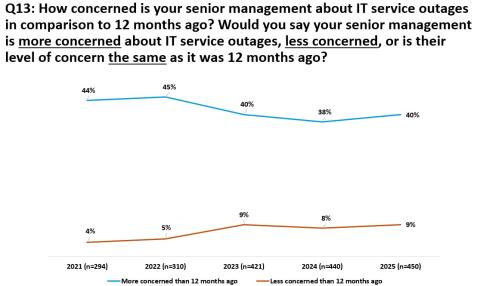
 Rose Weinschenk
Rose Weinschenk
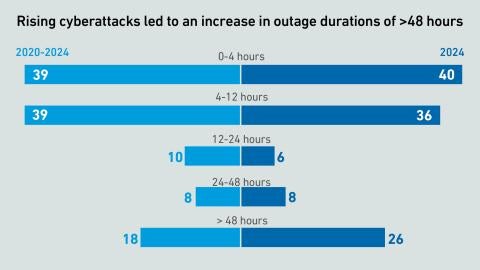
 John O'Brien
John O'Brien

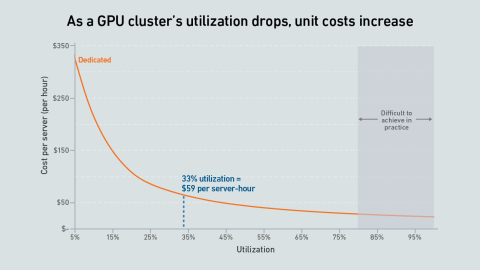
 Peter Judge
Peter Judge

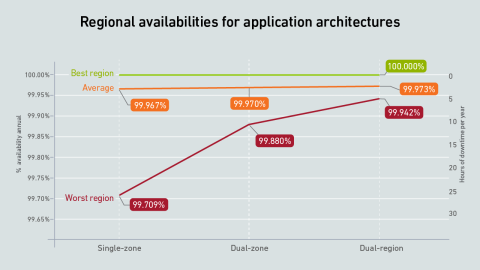
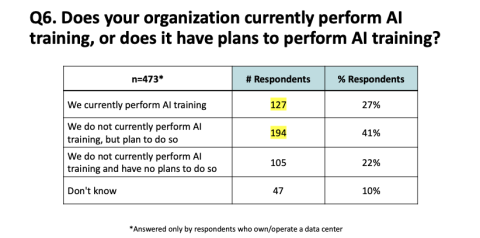
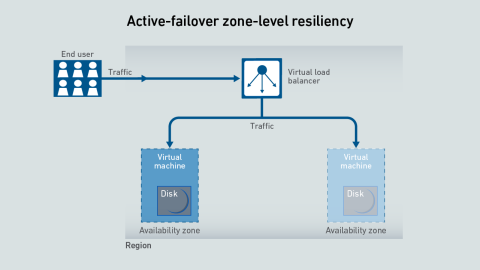

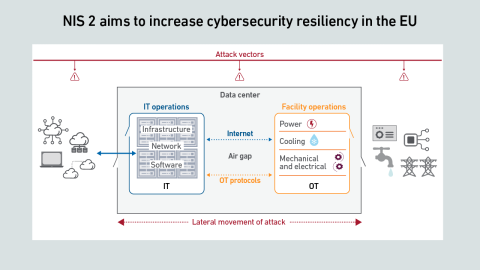
 Douglas Donnellan
Douglas Donnellan

 Andy Lawrence
Andy Lawrence

 Michael O'Neil
Michael O'Neil
